Garden Design: How to avoid these 5 epic design fails!
 Lee Burkhill: Award Winning Designer & BBC 1's Garden Rescue Presenters Official Blog
Lee Burkhill: Award Winning Designer & BBC 1's Garden Rescue Presenters Official Blog

When it comes to designing a garden, more often than not, our excitement to fill our gardens with beautiful flowers, trees, decorations, and furniture can sometimes get the better of us. In our haste to create the perfect garden, many gardeners make some fundamental mistakes.
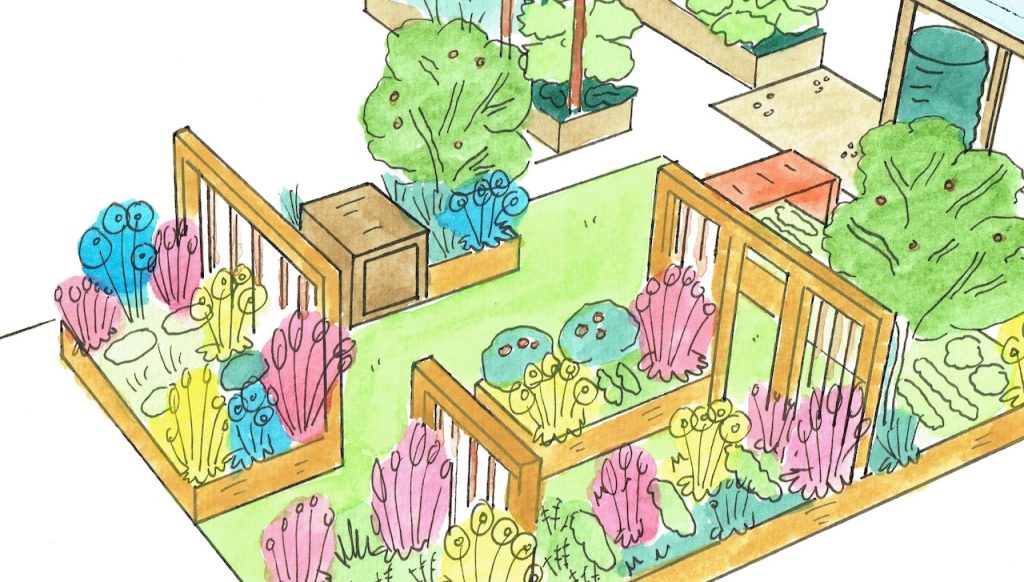
These garden fails can often undo all the hard work and investment you make in a garden. Leading to disappointment or frustration as to why your garden doesn't work or look right. After all that effort in the garden you suddenly feel like you wish you hadn't bothered and don't know where you have gone wrong.
But fear not, enthusiastic wannabe designers, Garden Ninja will show you the top 5 garden design fails to ensure you avoid simple mistakes that nearly all aspiring gardeners make. This means your garden looks fantastic and doesn't end up as an epic fail!
The first issue with 90% of gardeners is that they try to squeeze in as many skinny borders around a lawn or garden as possible. Believing more lawn or space in the middle of the garden will make it feel bigger. This is a common mistake.
Skinny borders that only allow one row of plants is the first design fail. That's because it means you're left with a thin row of symmetrical plants that look neither natural nor interesting. You're left with unsightly gaps when these plants go over (stop flowering or die back).
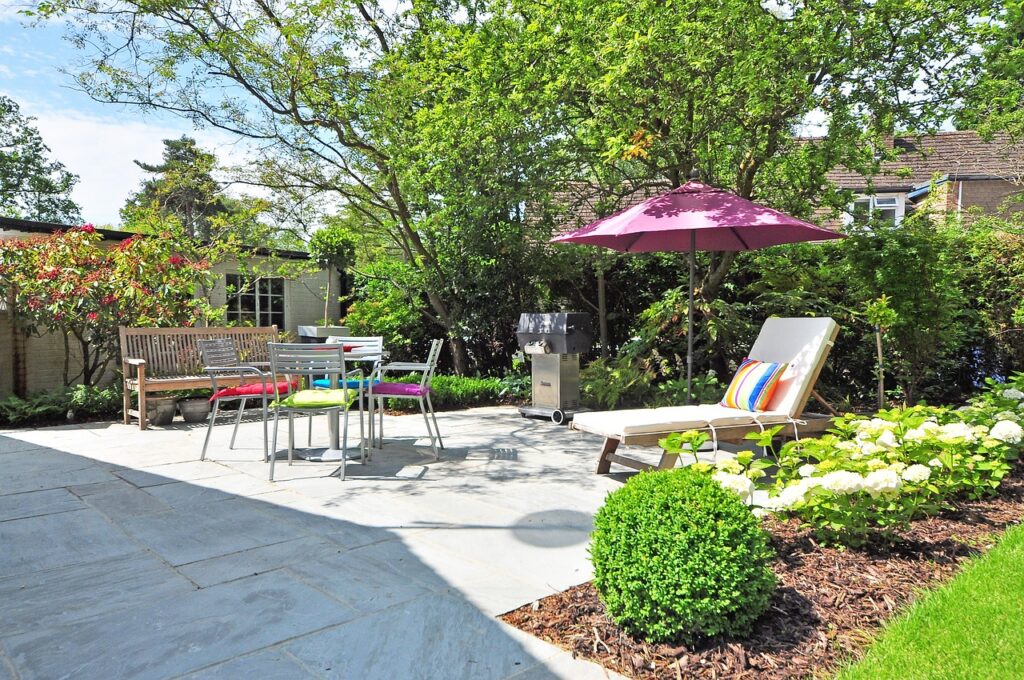
The garden above is an example of an oversized patio with a skinny border all around the edge with no depth. Look how the shrubs, hydrangeas, box balls and trees are all lined up in a row. Making for an awkward-looking garden. The only saving grace is the few mature trees in the background to add some height.
A better way of designing borders is to have a few really deep borders 1-1.5 meters deep. That way, you can layer your planting with different heights and make your garden look bigger and hold more interest.
Another garden design failure is a lack of height in the garden. Many gardeners forget that we need height from trees, shrubs and structures to extend the view in the garden.
If everything in the garden is below fence height, it creates a one-dimensional space. Meaning you look at it quickly and then look elsewhere. We need a mix of heights to slow down our view points in the garden allowing us to take it all in.
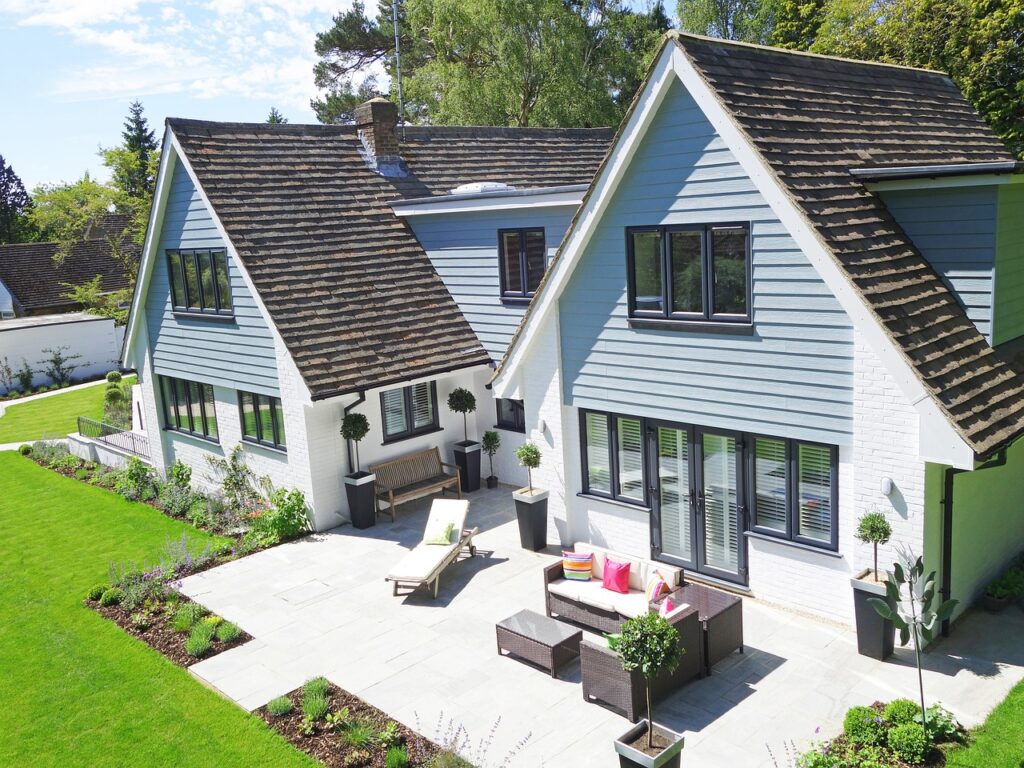
The example above shows a huge house, then tiny, skinny borders, and no height. Meaning the garden and home are completely at odds and out of proportion.
A lack of height, particularly from suitable small garden trees, also means birds and wildlife struggle to visit your garden. They need these plants to hide in, perch from, and feast upon especially with fruiting trees. These taller plants and specimens, such as multistem trees, can add much-needed privacy and dappled shade to our gardens.
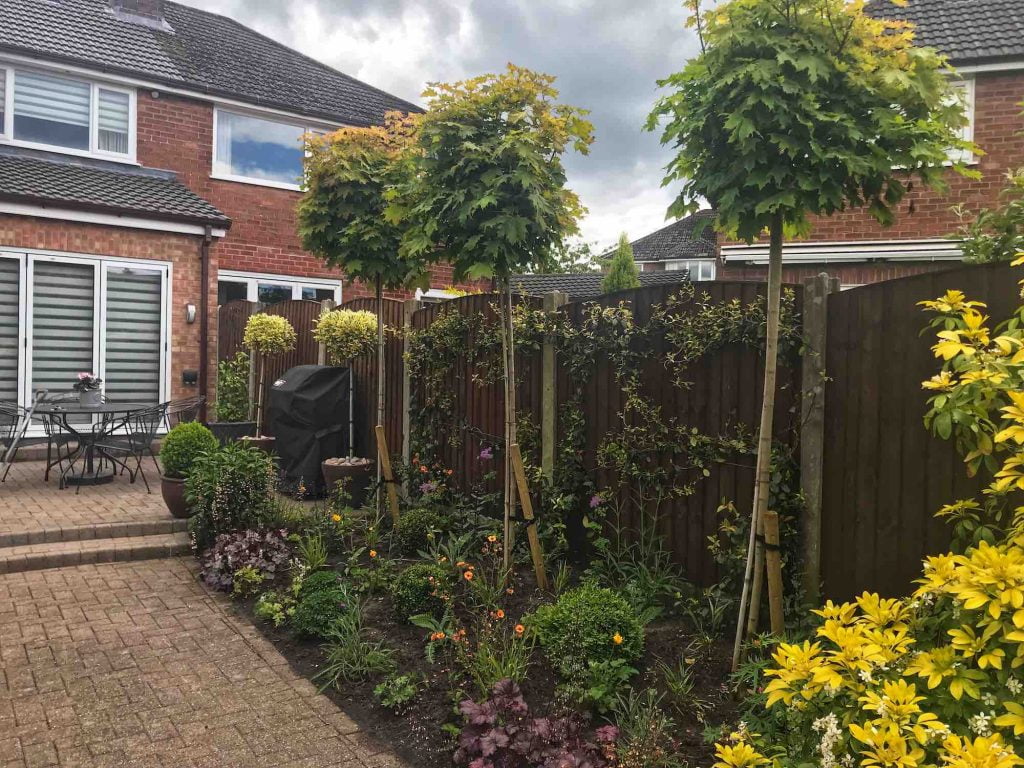
The picture above shows a deep 1m wide border and some specimen standard Acer trees to add height and privacy to this garden. Showing how even in a small garden, height is your friend!
Did you know that you can take my course and learn how to become a Garden Ninja yourself? Click here for details
Does your garden have a function, or is it just a collection of nice plants?
I guarantee that failing to have a function will keep your garden from reaching its full potential. A function can be anything that calls you out into the garden.
The function could be one of the following:
The function gives your garden and design a purpose. It's always better to choose one function and commit to it than try and mix a number of functions in a small garden.
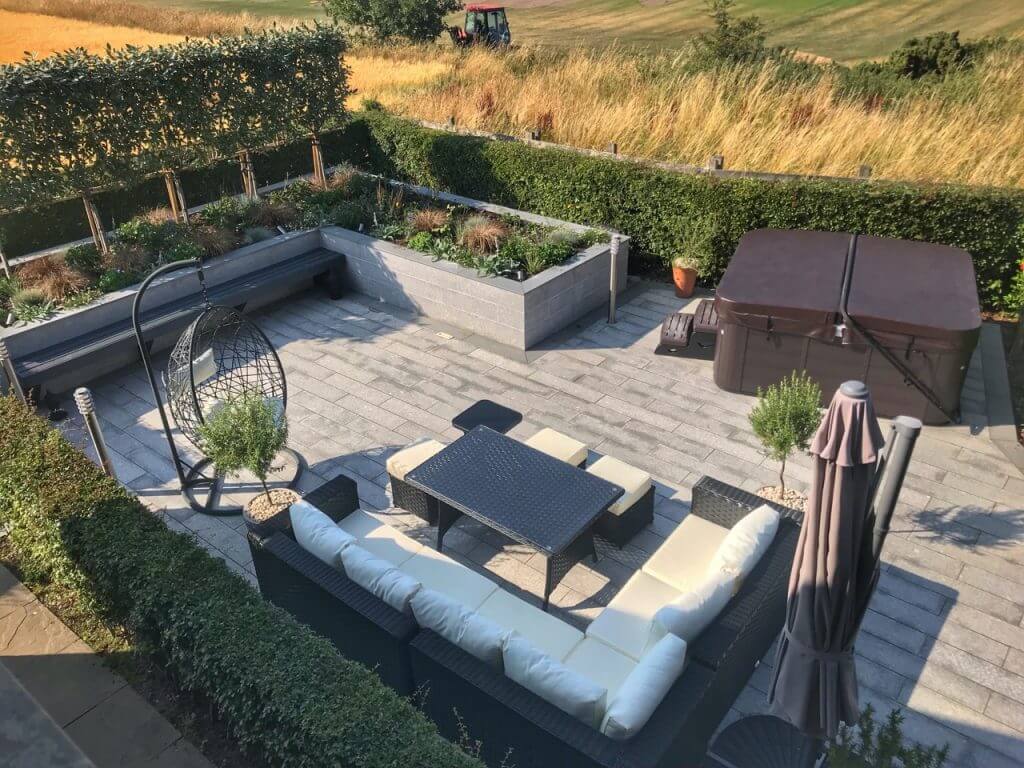
The above example of a modern outdoor entertaining garden has a large seating area, a matching large raised granite bed and a hot tub. The function is entertaining, not growing your own or working from home. The function is clear, making you want to go out and enjoy this space with friends.
By creating a function, you're inviting yourself into the garden for a reason. After all, every garden can look nice, but making it a destination is far better and will ensure the area is used. So, if you want to use the garden as an outdoor office or a garden kitchen to cook in, make this the primary function!
We've all been there, trying to squeeze into clothes that don't fit or wearing things that don't suit our body shape. Your garden is no exception. Awkward proportions make a garden feel uncomfortable.
All of these are awkward proportion issues which will make the garden uncomfortable to use and may make you avoid going into the garden altogether!
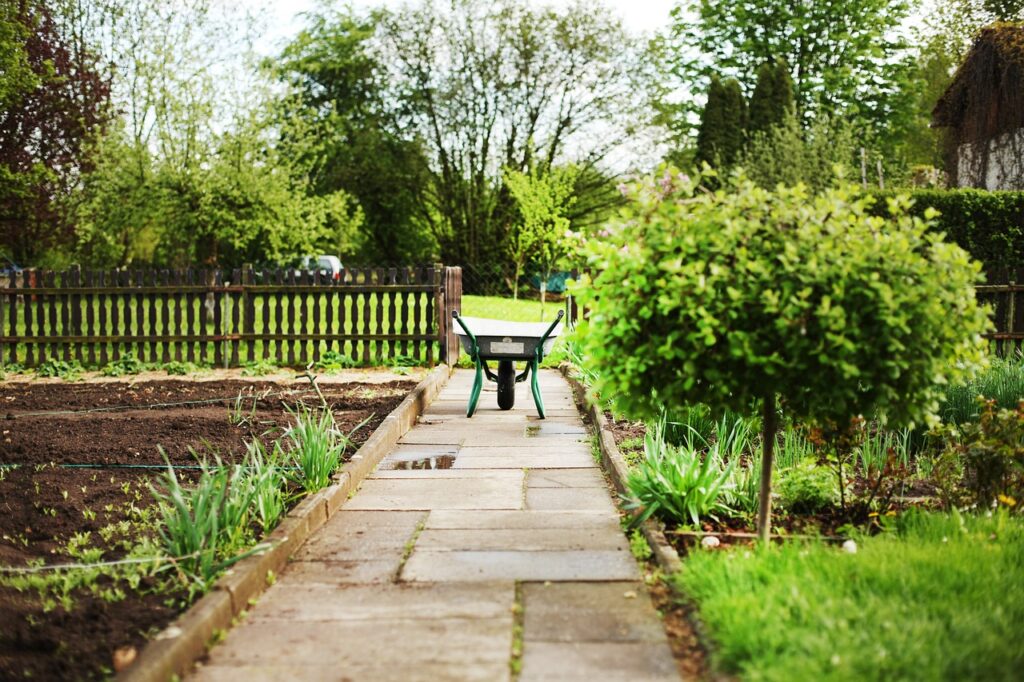
The above picture shows the correct proportions of a path which allows a wheelbarrow or two people to walk side by side. The function of this garden is a kitchen or allotment garden, so this makes perfect sense design-wise.
Use a set of garden canes to mark out patios, paths or areas of the garden. Then, walk around and rehearse how these spaces will be used. If they feel too small or large, adjust the position of the garden canes to ensure these spaces sit correctly and 'fit' the garden perfectly.
As gardeners, there's no end to the dazzling mix of plant types, colours, sizes, and not to mention hard landscaping materials.
The problem with all these choices is that some gardeners pick and mix a bit of all of them, ending up with a mismatch of styles, colours and textures. This ends up looking busy, fussy and uncomfortable. So we avoid the garden altogether as it looks cluttered and disjointed with colours and forms all jostling for attention like the example below.
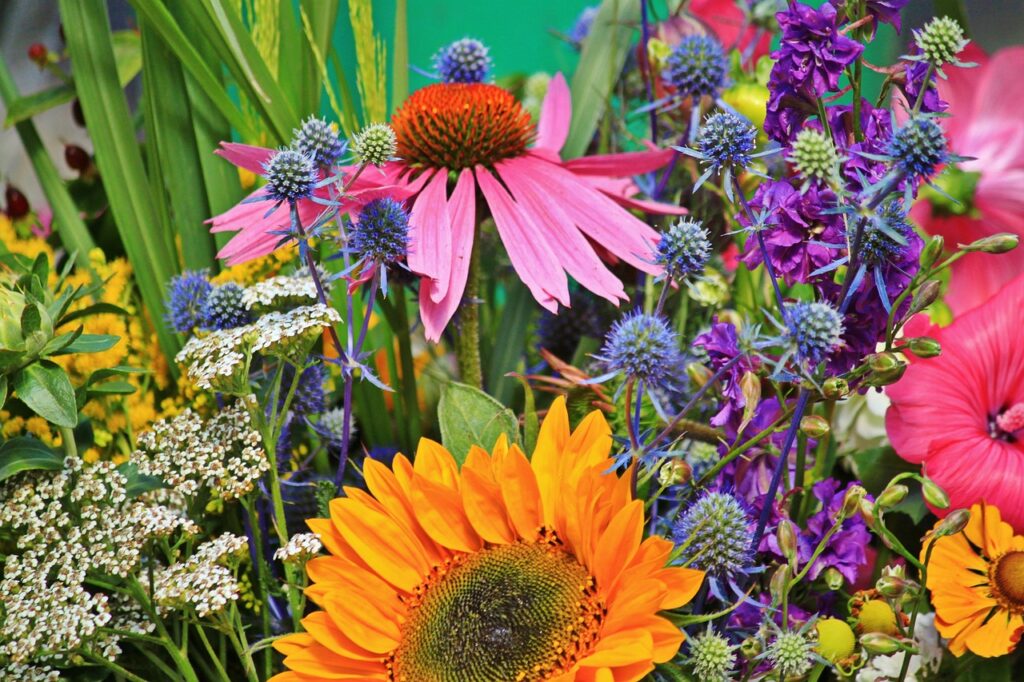
When it comes to design, whether with plants or materials, it is better to pick a few and then repeat them throughout the garden—keeping to a limited colour palette or grouping colours into zones. That way, the garden flows and makes sense like a well-put-together outfit!

By avoiding these 5 garden design fails, you can create a functional and gorgeous garden where even the smallest budgets or sized gardens can look amazing by avoiding a few beginner pitfalls. So what's stopping you?
Make sure you visit my Youtube channel, for more gardening guides. You can also check out my Tweet, Facebook or Instagram for more garden help and tips.
Happy Designing!



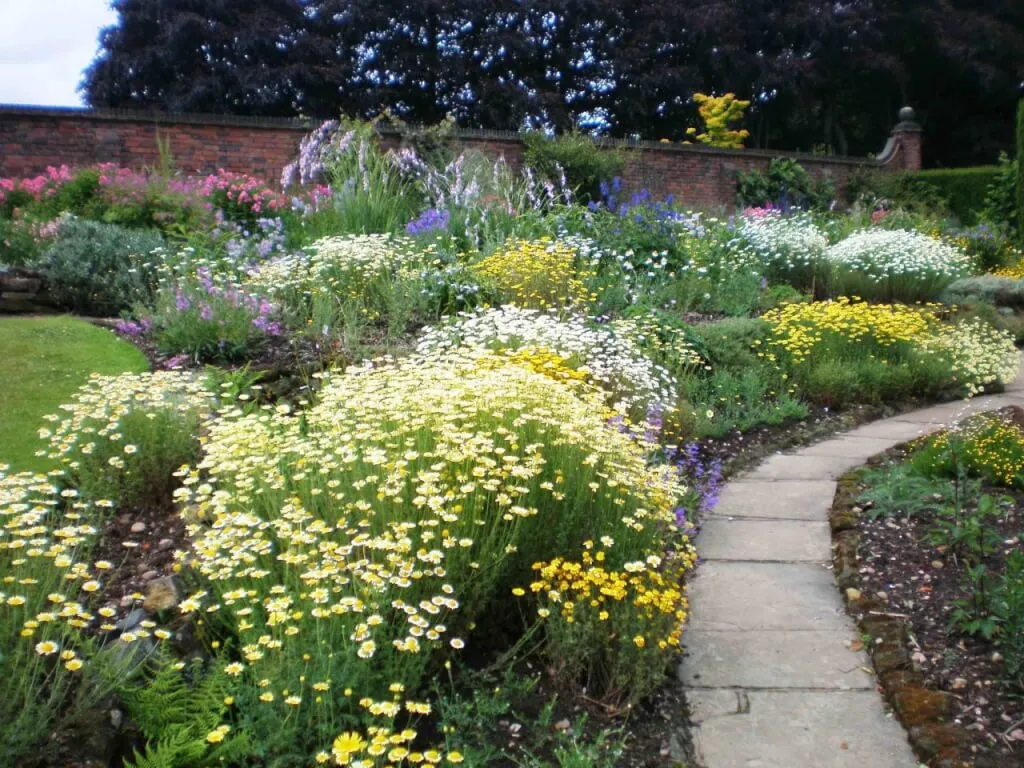
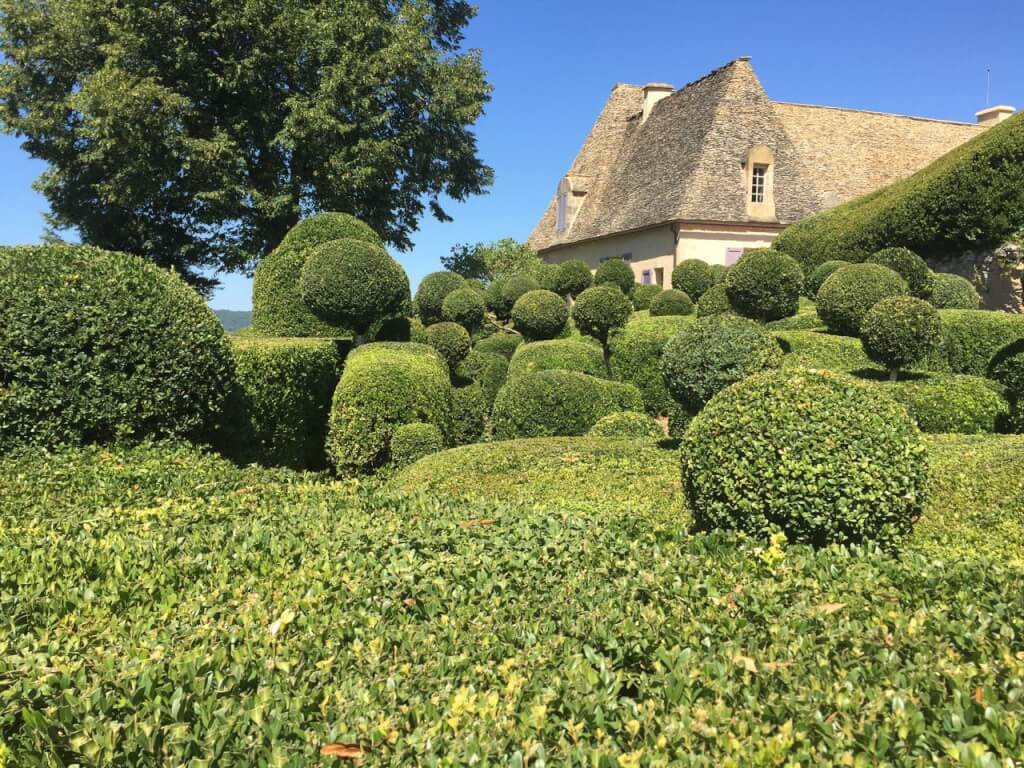


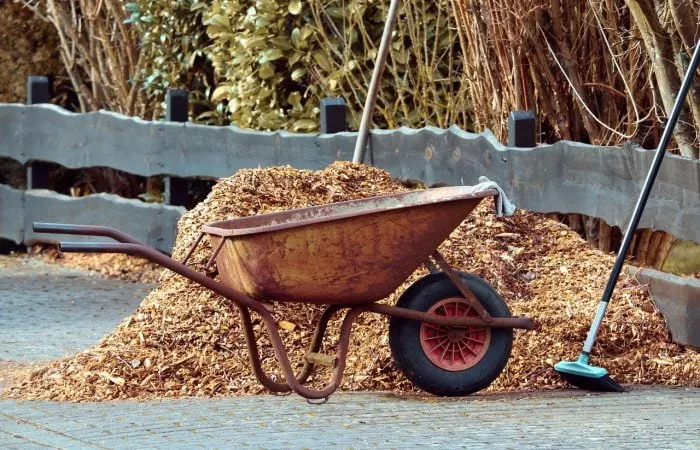
JOIN THE NINJAS

Be the first in line for new Guides, Discount codes and Offers